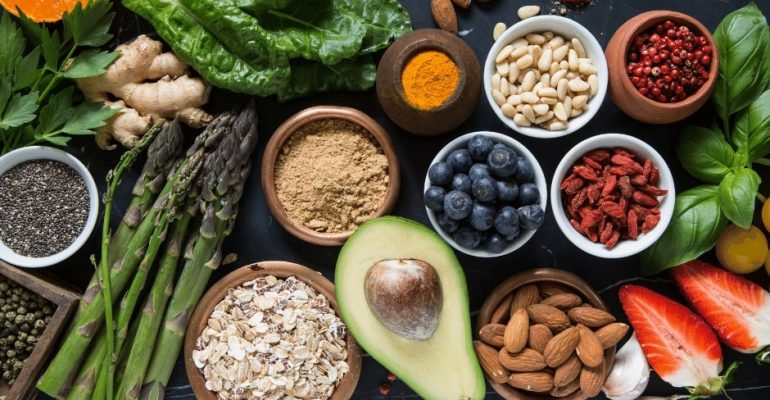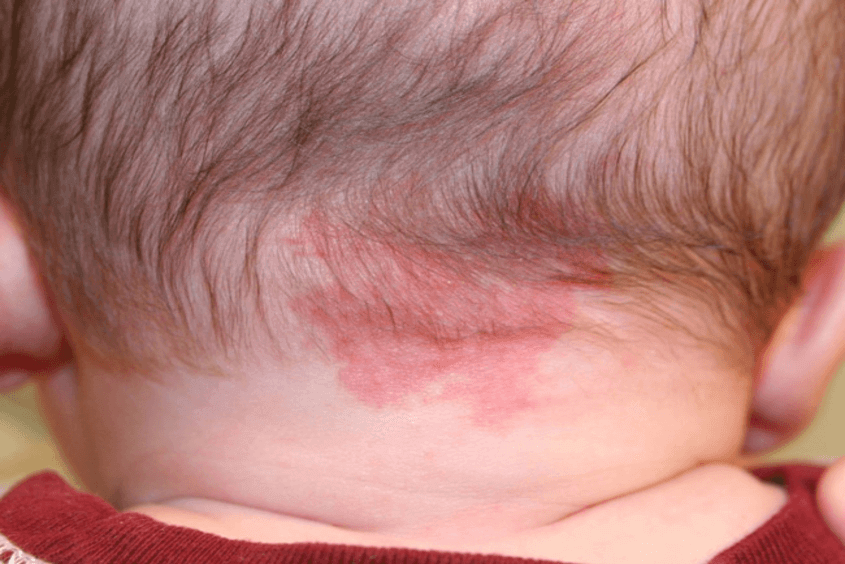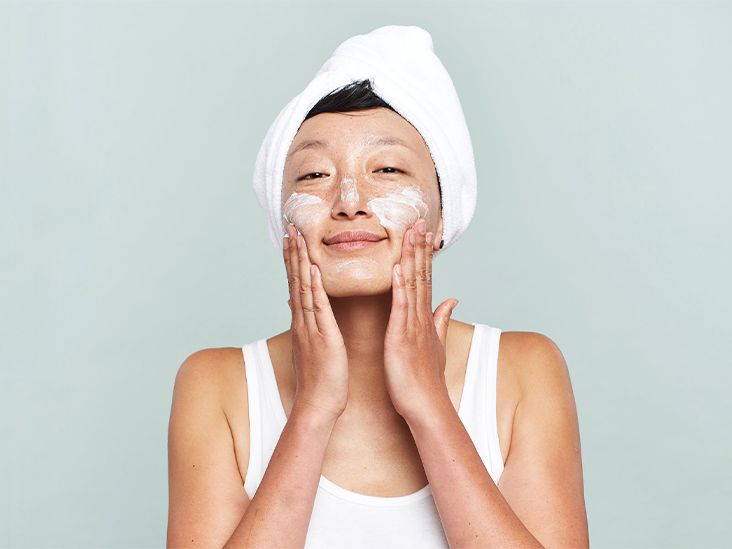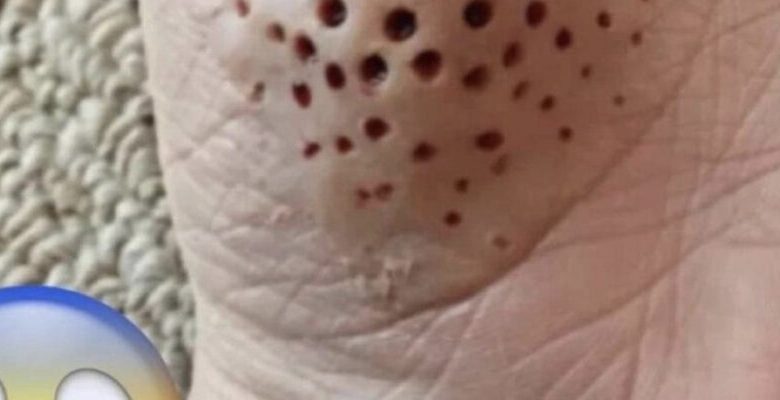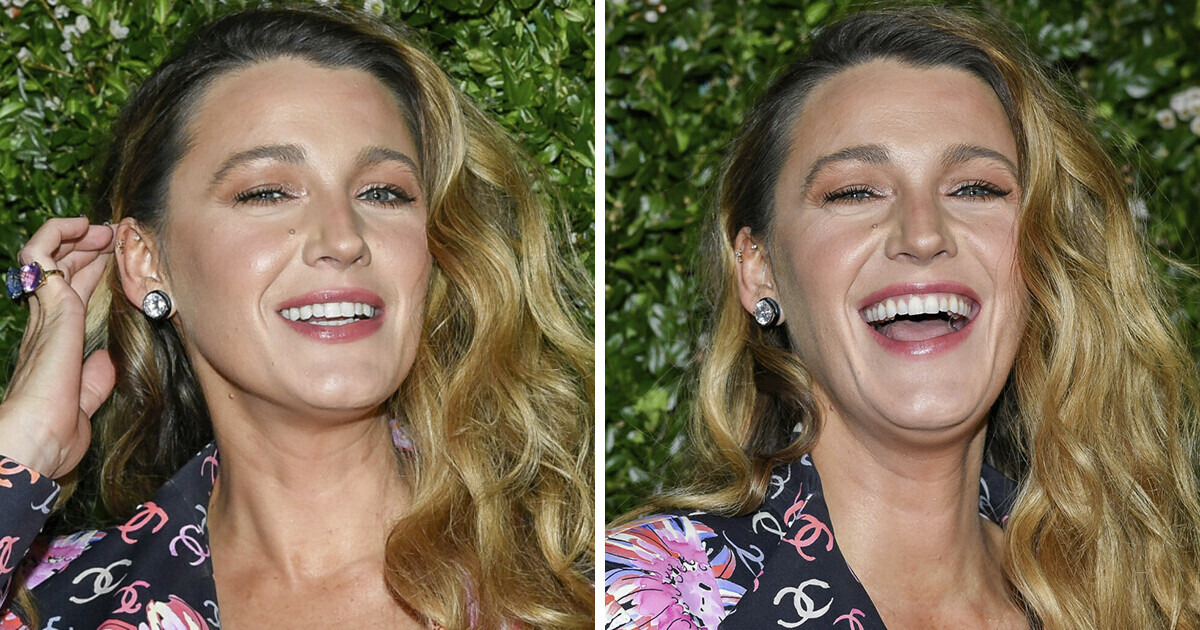
Common age-related eye problems include presbyopia, glaucoma, dry eyes, age-related macular degeneration, cataracts and temporal arteritis. You should make sure to keep up with regular eye doctor appointments, especially if you have diabetes.
How does aging affect your eyes?
Age sometimes brings changes that weaken your vision and eyes, but you can do certain things to maintain lifelong eye and overall health. The solution may be as simple as using brighter lights around the house to help prevent accidents caused by weak eyesight or seeing your doctor more frequently to screen for age-related diseases..
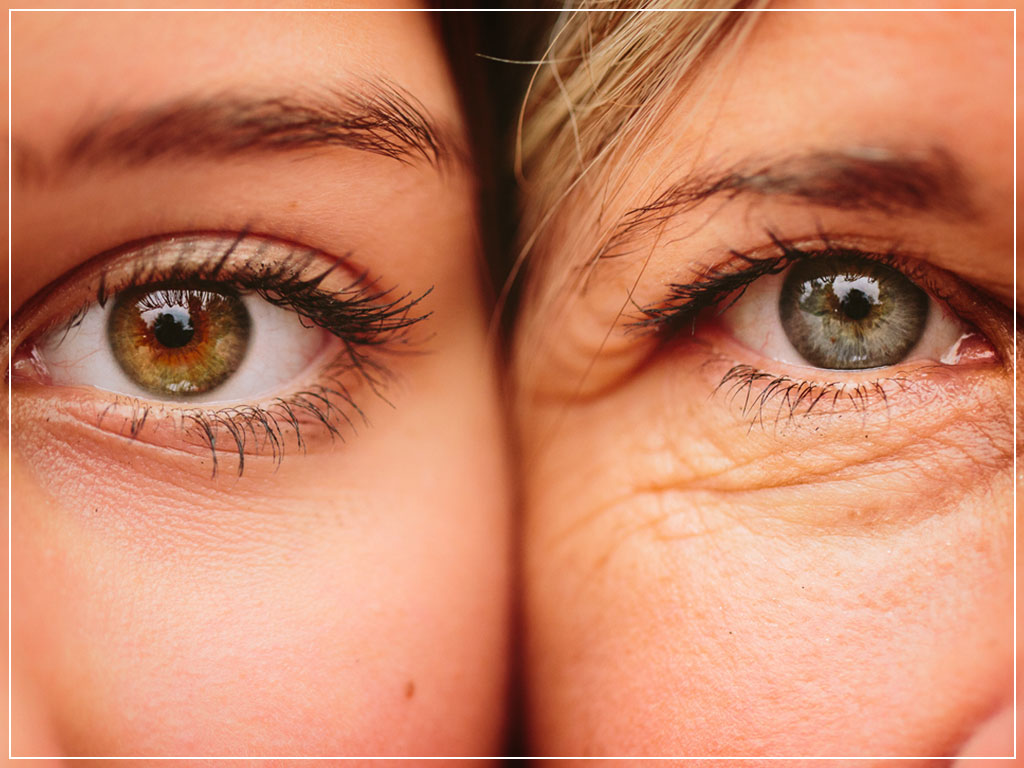
How can you help to prevent age-related eye problems?
While eye problems and eye diseases become more prevalent with age, many can be prevented or corrected if you:
- See your family physician regularly to check for diseases that could cause eye problems, like diabetes.
- Visit your ophthalmologist or optometrist every year. Having a complete eye exam with an eye doctor is important because most eye diseases can be treated if they are found early. The eye doctor may dilate or enlarge your pupils by putting drops in your eyes. The doctor will also test your eyesight and check for glaucoma.
- Have an eye exam with pupil dilation at least once every year if you have diabetes or if you or a family have a history of eye disease. See an eye doctor immediately if you have any sudden loss of eyesight, blurred vision, eye pain, double vision, redness, swelling of your eye or eyelid, or discharge coming from the eye.
What are some common eye problems that can be related to getting older?
These are several eye problems that are more common as people age, but they can affect anyone at any age. You can do some simple things to reduce discomfort and improve vision no matter how old (or young) you are.

Presbyopia
Presbyopia refers to the loss of ability to see close objects or small print. Development of presbyopia is a normal process that happens slowly over a lifetime. You may not notice any change until after age 35 or 40. People with presbyopia often hold reading materials at arm’s length. Some people get headaches or “tired eyes” while reading or doing other close work. You can improve your vision with reading glasses or multifocal (bifocal) lenses if you have presbyopia.
Floaters and flashers
Floaters are tiny spots or specks that float across the field of vision. Most people notice them in well-lit rooms or outdoors on a bright day. Floaters often are normal, but can sometimes indicate eye problems such as retinal detachment, especially if they are accompanied by light flashes. If you notice a sudden change in the type or number of spots or flashes, see your eye doctor as soon as possible.
Dry eyes (also called keratoconjunctivitis sicca)
Dry eyes happen when tear glands can’t make enough tears or produce poor quality tears. Dry eyes can be uncomfortable, causing itching, burning or even some loss of vision. Your health care provider may suggest using a humidifier in your home or special eye drops that simulate real tears. Surgery may be needed in more serious cases of dry eyes.
Tearing (watery eyes, also called epiphora)
Tearing, or having too many tears, can come from being sensitive to light, wind, or temperature changes. Protecting your eyes by shielding them or wearing sunglasses can sometimes solve the problem. Tearing may also mean that you have a more serious problem, such as an eye infection or a blocked tear duct. In addition, people with dry eyes may tear excessively because dry eyes are easily irritated. Your eye doctor can treat or correct both of these conditions.
Eye diseases and disorders common in aging adults
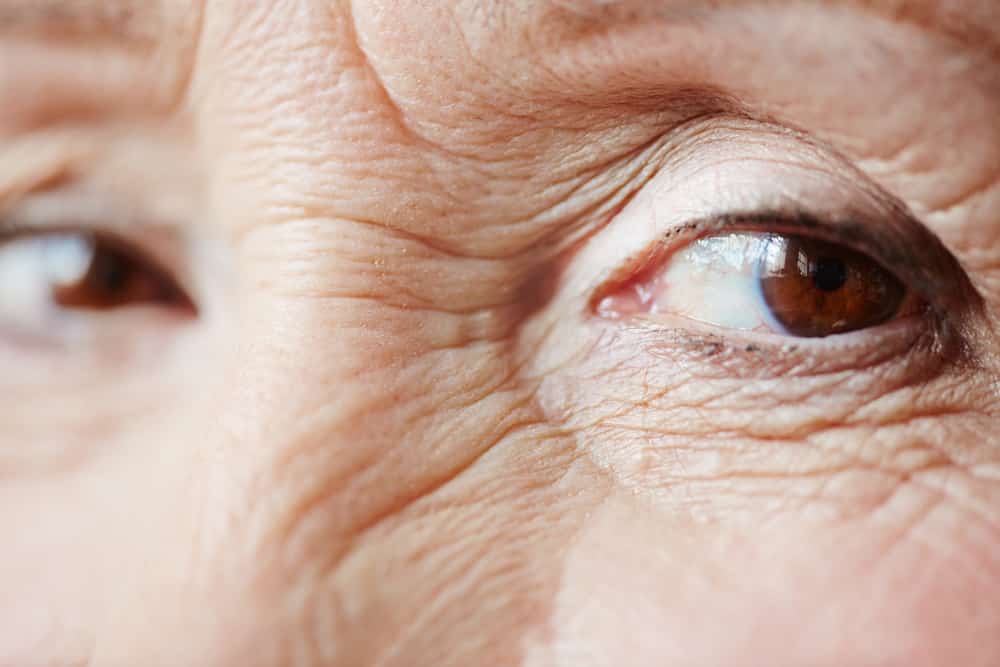
What are cataracts?
Cataracts are cloudy areas that develop in the lens in the front of the eye. Normally, the lens of the eye is clear like a camera lens. Cataracts keep light from easily passing through the lens to the back of the eye (the retina), causing blurry vision. Cataracts usually form slowly, causing no pain, redness, or tearing in the eye. Some stay small and don’t alter eyesight. If they become large or thick and have a significant impact on vision, they can almost always be removed with surgery.
Cataract surgery is very safe and is one of the most common surgeries done in the United States and around the world. During surgery, the doctor takes out the clouded lens and, in most cases, puts in a clear plastic lens, restoring normal sight if the eye is otherwise healthy.
What is glaucoma?
Glaucoma is usually related to increased pressure inside the eye. If it isn’t treated, this condition can lead to permanent vision loss and blindness, often without symptoms. Risk factors for glaucoma include heredity, age, race, diabetes and some medications. Glaucoma is less commonly caused by other factors such as a blunt object or chemical injury to the eye, severe eye infection, blockage of blood vessels, inflammatory disorders of the eye, and occasionally by corrective eye surgery. Most people with glaucoma have no early symptoms or pain from increased pressure.
To detect glaucoma, your provider will examine your eyes to assess the appearance of the optic nerve, measure the eye pressure and test the visual field. Some people can have damage to the eye from glaucoma, even with normal pressure in the eye. Treatment may include prescription eye drops, oral medications, laser treatment or surgery.
What are common retinal disorders?
Retinal disorders are a leading cause of blindness in the United States and in other developed countries. The retina is a thin lining on the back of the eye made up of cells that detect visual images and pass them on to the brain. Retinal disorders interrupt this transfer of images. Common ones include age-related macular degeneration, diabetes-related retinopathy, and retinal detachment.
Age-related macular degeneration (AMD)
The macula is the small central portion of the retina containing millions of nerve cells (cones) that are sensitive to light. This area of the retina is responsible for detailed vision, such as facial recognition and reading. AMD is characterized by the loss of cells in this area causing blurred or distorted central vision. It contributes to vision loss but doesn’t cause total blindness. If advanced, there is no cure but in early stages there is benefit from nutritional supplements. People with the more severe type of AMD may benefit from laser or injection of medication.

Diabetes-related retinopathy
This disorder is a complication of diabetes. It occurs when small blood vessels stop feeding the retina properly. In the early stages of diabetes-related retinopathy, the blood vessels may leak fluid, causing blurred vision or no symptoms at all. As the disease advances, you may notice floaters, blind spots or cloudiness of vision. New blood vessels may grow and bleed into the center of the eye, causing serious vision loss or blindness.
For diabetes-related swelling of the retina, drug injections and laser may improve or preserve vision. In most advanced cases, laser treatment can prevent blindness. It’s very important that people with diabetes have an eye exam with pupil dilation every year. Very importantly, the likelihood of diabetes-related retinopathy is significantly decreased with good blood sugar management.

Retinal detachment
Retinal detachment occurs when the inner and outer layers of the retina become separated. Without a retina, the eye can’t communicate with the brain, making vision impossible. Symptoms of retinal detachment include:
- A sudden appearance of spots or flashes of light.
- Vision that appears wavy, as if you were under water.
- A dark shadow anywhere in your field of vision.
With surgery or laser treatment, doctors often can reattach the retina and bring back all or part of your eyesight.
Conjunctivitis
Conjunctivitis is sometimes called “pink eye” or “red eye.” It happens when the tissue that lines the eyelids and covers the sclera becomes inflamed. It can cause redness, itching, burning, tearing, or a feeling of something in the eye. Conjunctivitis occurs in people of all ages and can be caused by infection, exposure to chemicals and irritants, or allergies. Pink eye caused by a bacterial or viral infection is very contagious.
Corneal diseases
Corneal diseases and conditions can cause redness, watery eyes, pain, reduced vision, or a halo effect. The cornea is the clear, dome-shaped “window” at the front of the eye. It helps to focus light that enters the eye. Disease, infection, injury, toxic agents and other elements can damage the cornea. Your healthcare provider may prescribe medicated eye drops. Some corneal diseases may require surgery.
Eyelid problems
Problems with your eyelids can happen with many different diseases or conditions. The eyelids protect the eye, distribute tears and limit the amount of light entering the eye. Pain, itching, tearing and sensitivity to light are common symptoms of eyelid problems. Other problems may include drooping eyelids (ptosis), blinking spasms (blepharospasm) or inflamed eyelids near the eyelashes (blepharitis). Eyelid problems often can be treated with medication or surgery.
Temporal arteritis
Temporal arteritis causes the arteries in the temple area of the forehead, as well as other areas of the body, to become inflamed and possibly obstructed. It can begin with a severe headache, pain when chewing, and tenderness in the temple area. You may have a chronic fever, shoulder or hip weakness, and scalp tenderness. It may be followed by sudden vision loss, which is usually permanent. It’s more commonly diagnosed in elderly women. If you have any of these symptoms, see your healthcare provider immediately.

What aids are available to help with loss of vision?
If you have problems seeing despite wearing glasses, you may find low-vision aids helpful. These are special devices that are stronger than regular eyeglasses. Some people with only partial sight are able to increase their vision significantly by using these devices.
Low vision aids include:
- Telescopic glasses.
- Lenses that filter light.
- Magnifying glasses.
- Electronic devices that you can either hold in your hand or put directly on your reading material. E-Books, iPads® and similar electronic devices often can be adjusted to provide large dark fonts and are helpful for many patients with moderate impairments.
A note from Cleveland Clinic
Whether or not you have an age-related sight condition, there are simple things you can do to improve your vision and maintain good eye health. See your eye doctor regularly for comprehensive eye exams and take special precautions if you have diabetes or a family history of eye disease.
Although our eyesight may naturally get worse as we age, there are also many different lifestyle factors that can affect our vision.
From eating the right foods to minimising the time we spend on our screens, there are plenty of things we can all do to improve our eyesight.
In this article, we’ll be looking at some of the best foods that we can add to our diet that have been shown to improve eye health and vision.
Here are the top 10 best foods for eye health that we can include in our diet easily and regularly:
Fish
Fish are rich in omega-3 fatty acids, which provide your body with a range of benefits. Most importantly for us is the benefits that it can have on our eye health.
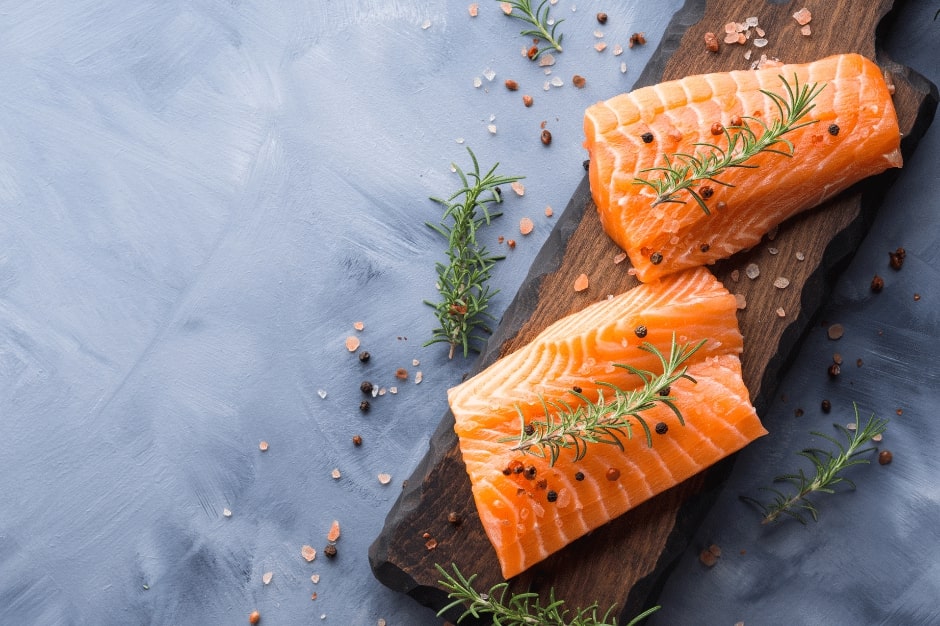
Some of the best fish that are richest in omega-3 include tuna, salmon, mackerel, sardines, and anchovies.
Raw red peppers
Peppers are one of the vegetables that contain the most vitamin C per calorie. Vitamin C is great for the blood vessels in your eyes and can lower your risk of getting cataracts.

Although you can get vitamin C supplements, it’s just as easy to get it in a range of different foods like strawberries, cauliflower and bok choy.
Seeds
Seeds are also very high in Omega-3s and vitamin E which are both beneficial for eye health.
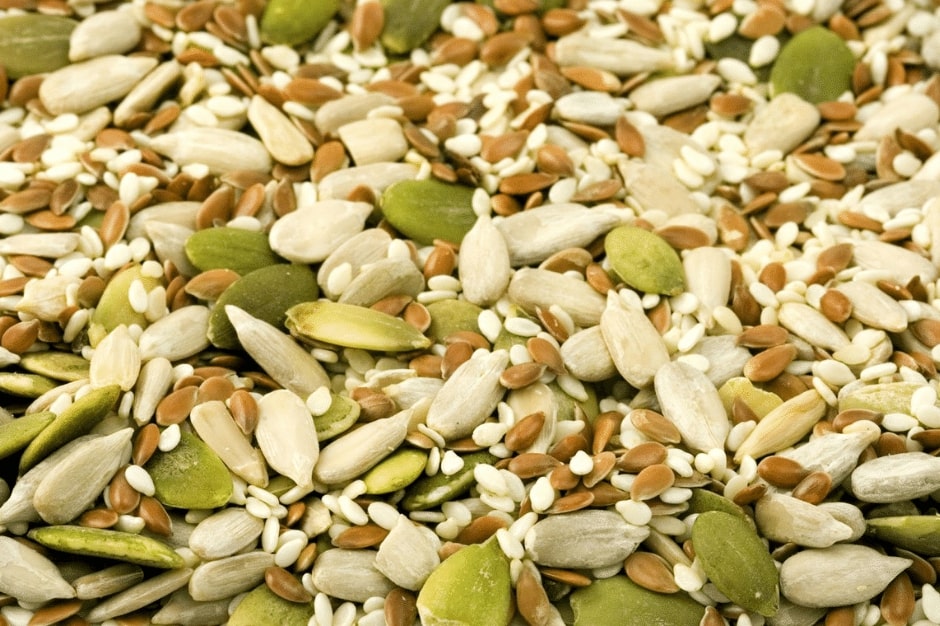
Choose seeds like chia seeds, flax seeds, or hemp seeds for the optimal amount of fatty acids and vitamins.
Dark, leafy vegetables
Dark, leafy vegetables like spinach and kale are great foods to eat to fuel your body and improve your overall health. These foods are particularly rich in antioxidants called carotenoids which are thought to reduce the risk of developing or slowing AMD (age-related macular degeneration) the most frequent cause of severe visual loss in those over the age of 55 years.
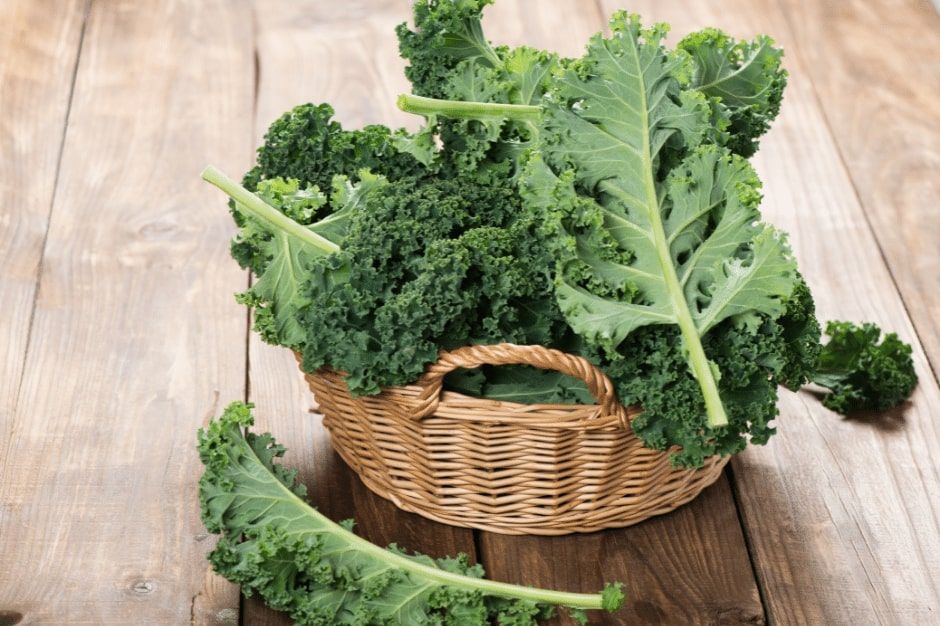
They also contain lutein and zeaxanthin which are great sources of vitamin C.
Carrots
Although they may not be able to make you see in the pitch-black, orange fruit and vegetables like carrots, sweet potatoes and mangoes are high in beta-carotene.
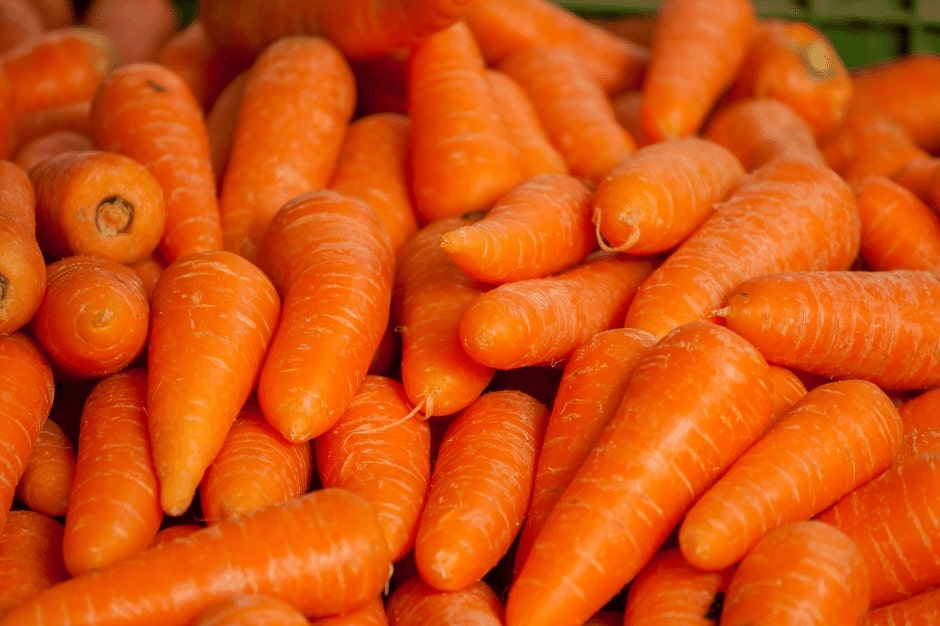
This is a type of vitamin A that can help your eyes adjust to see in the dark better – so there is truth in what we were all told as children.
Lean meat and poultry
Anything that contains high levels of Zinc is great for our diet as it brings vitamin A from your liver to your retina. Once there, it’s used to make melanin which can help to protect your eyes as well as your skin.

Although oysters have more zinc than any other foods, you can also eat beef, pork, and chicken to increase your intake of eye-friendly minerals.
Eggs
Like lean meats, eggs also contain a lot of zinc that helps your body utilise the lutein and zeaxanthin that are found in egg yolk.
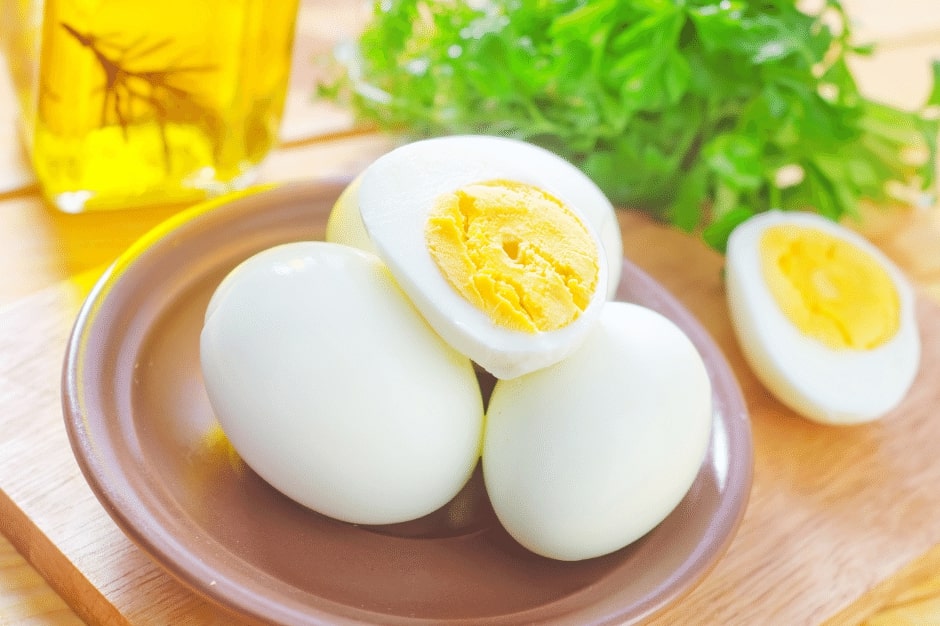
These organic compounds help your eyes block the harmful blue light that could potentially cause damage to your retina.
Broccoli and Brussels sprouts
They might not be everyone’s favourite vegetables, but you can’t argue when it comes to their nutritional benefits.
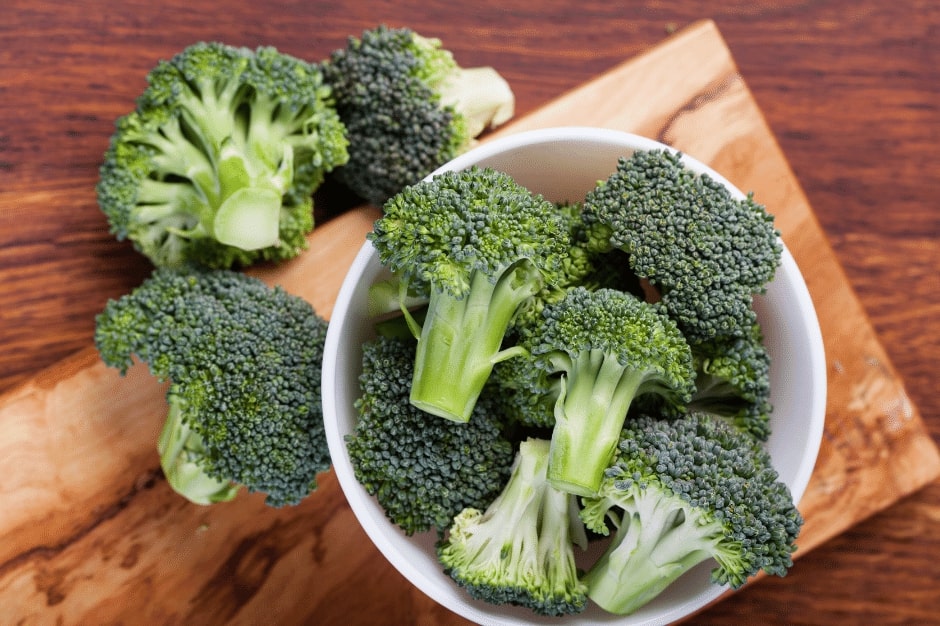
Broccoli and Brussels sprouts contain a combination of vitamin A, vitamin C, and vitamin E that help protect your eyes from free radicals.
Beans and legumes
If you’re on a vegan or vegetarian diet, the best foods to eat for your eye health include beans and legumes.
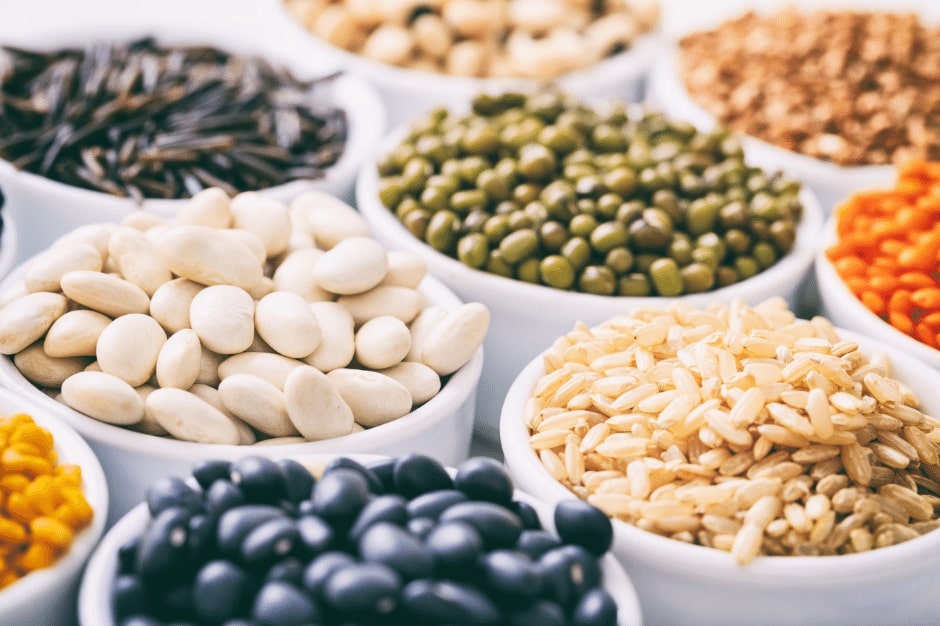
These low-fat, high-fibre foods are high in zinc and various other vitamins that can help keep your vision sharper for longer.
Water
Our final suggestion may not be food, but it’s just as important for optimal eye health as anything else we’ve mentioned on this list.
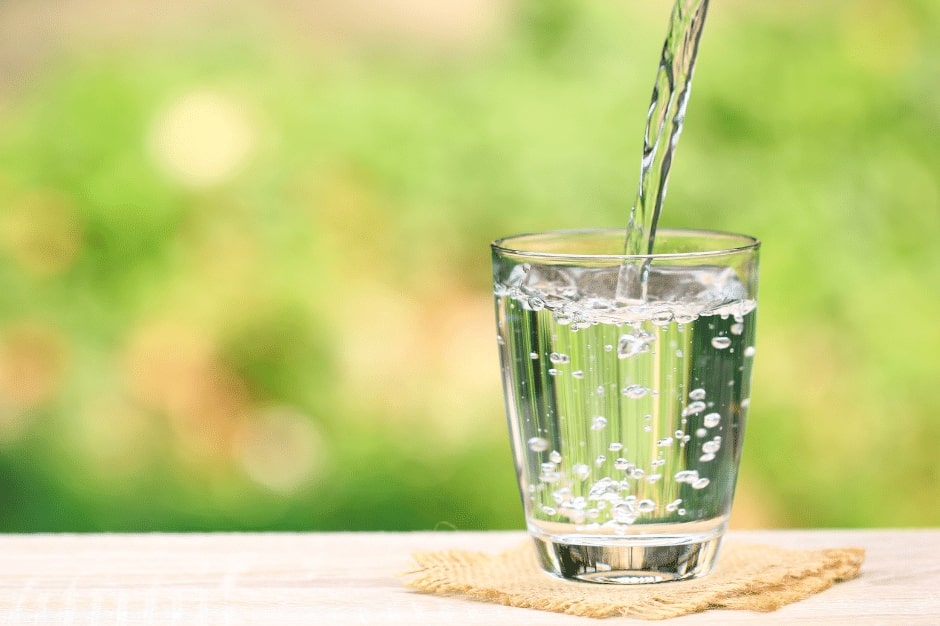
Water is an important ingredient in eye health as it can prevent dehydration and dry eyes, making them feel comfortable all day long.
How much of these foods should I eat?
If you want to maintain good eye health, your recommended daily intake should be:
- 500 milligrams (mg) of vitamin C
- 400 international units of vitamin E
- 10 mg lutein
- 2 mg zeaxanthin
- 80 mg of zinc oxide
- 2 mg of copper oxide
How can you improve your eye health?
Other than by watching the foods you eat, there are a few other things you can do to improve your eye health on a daily basis:
- Wear sunglasses whenever you’re outside as excessive sun exposure can be particularly damaging
- Get a regular eye examination to check the health of your eyes – especially if you have a family history of eye disease
- Wash your hands before applying contacts, or when using your hands to remove eye makeup
- If you have to work with chemicals that could be irritating to your eyes, make sure to wear adequate protection
- Don’t wear your contact lenses for longer than you need to
- Look away from your computer every 20 minutes or so to reduce eye strain
